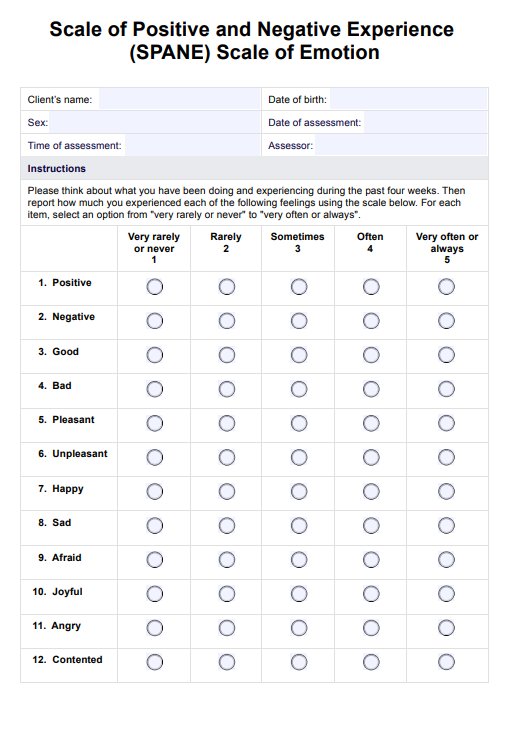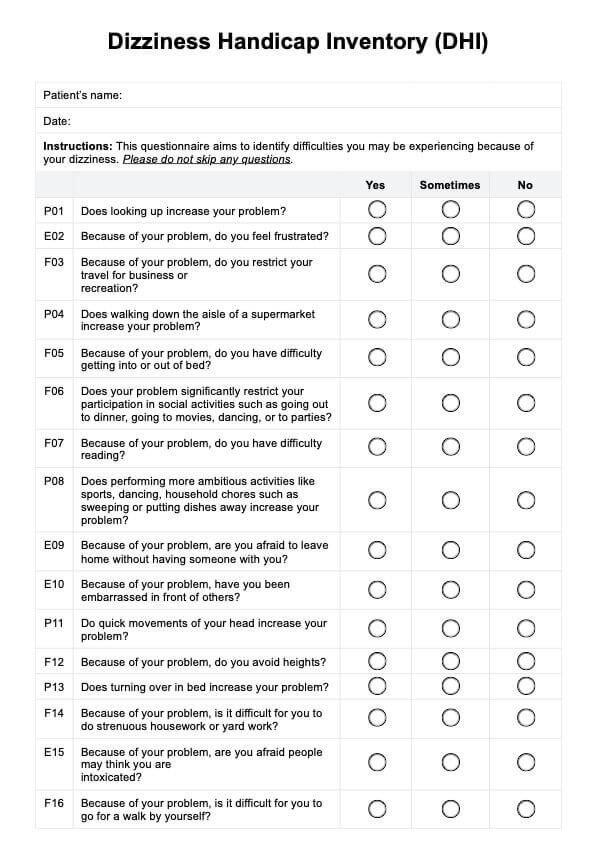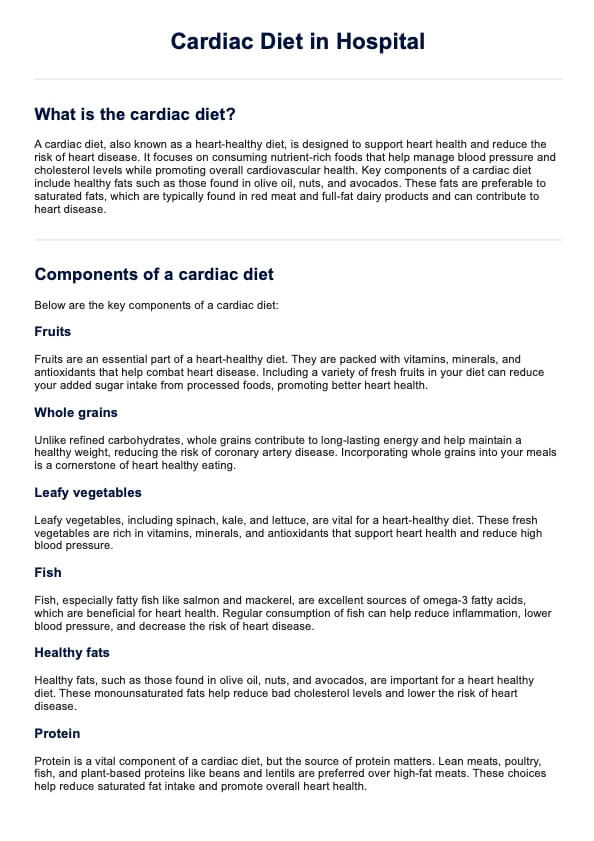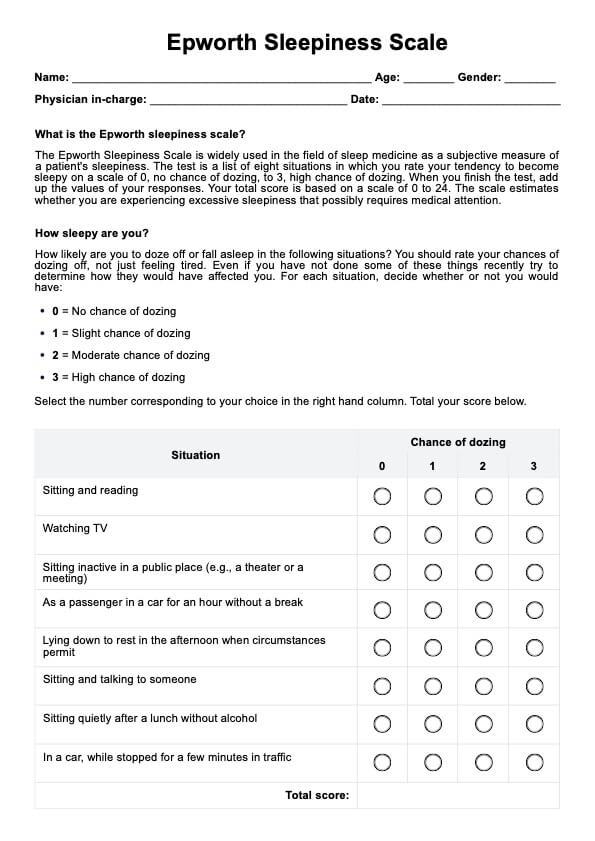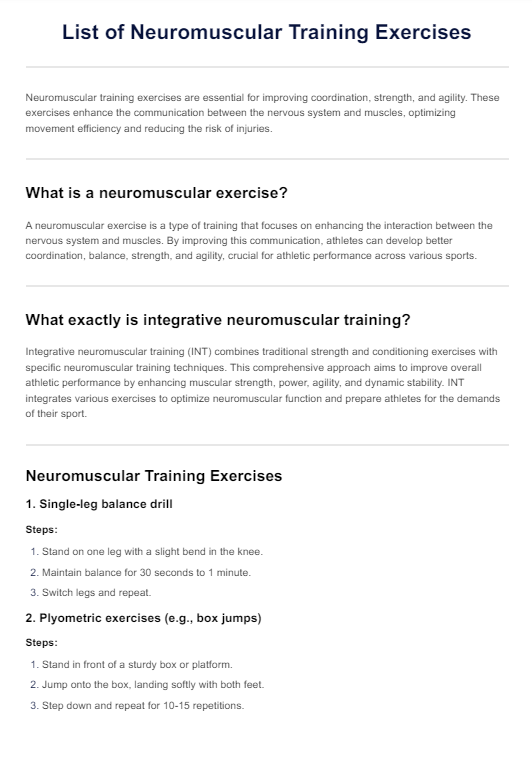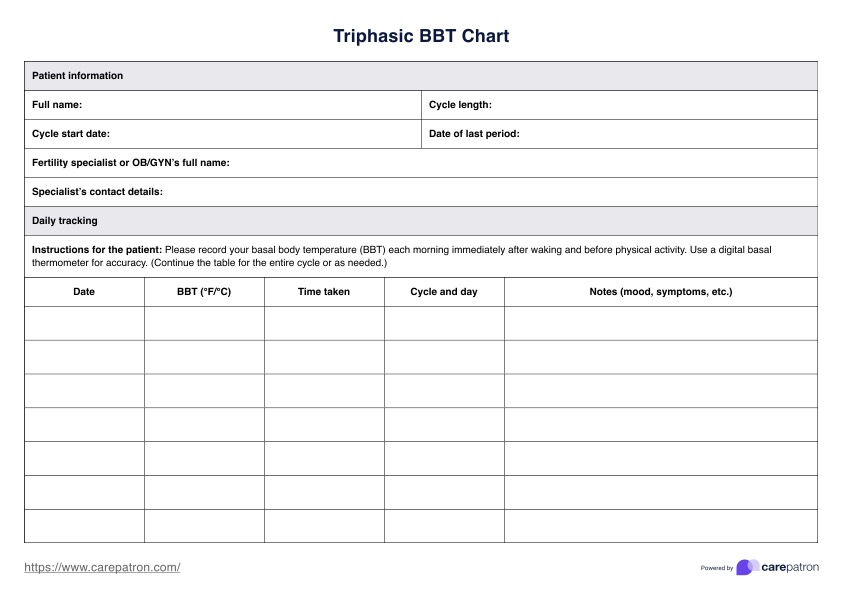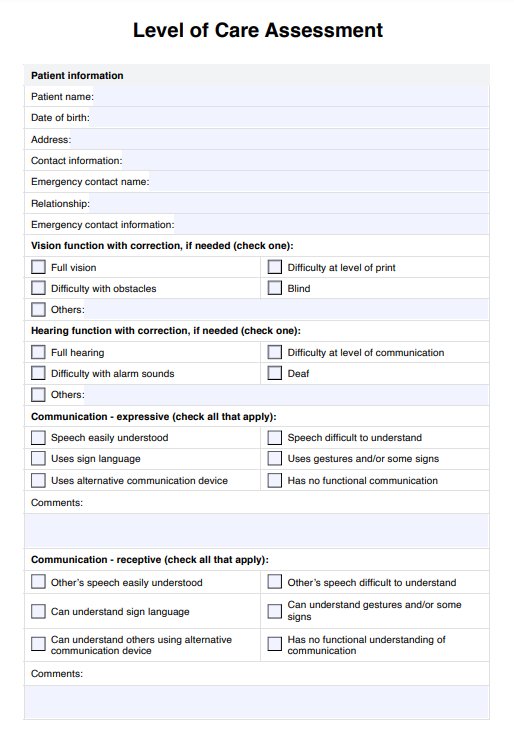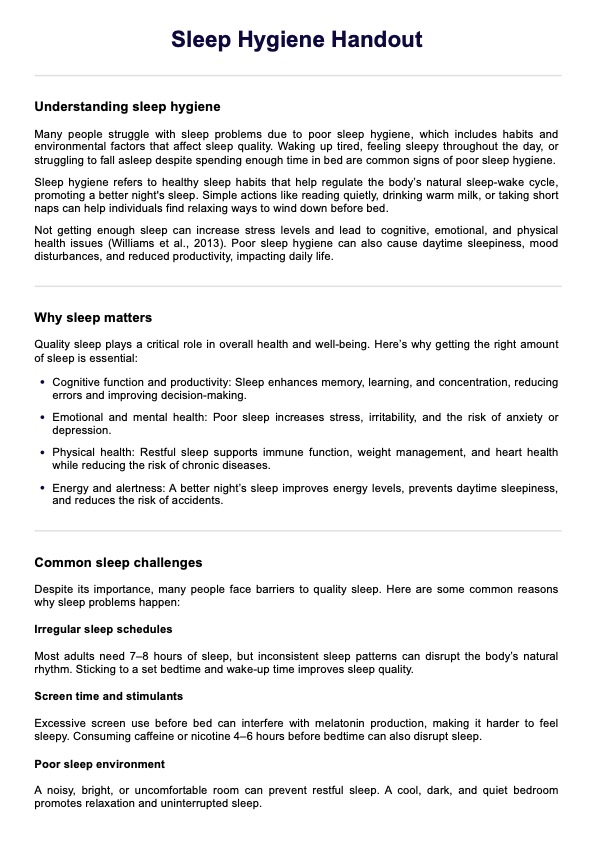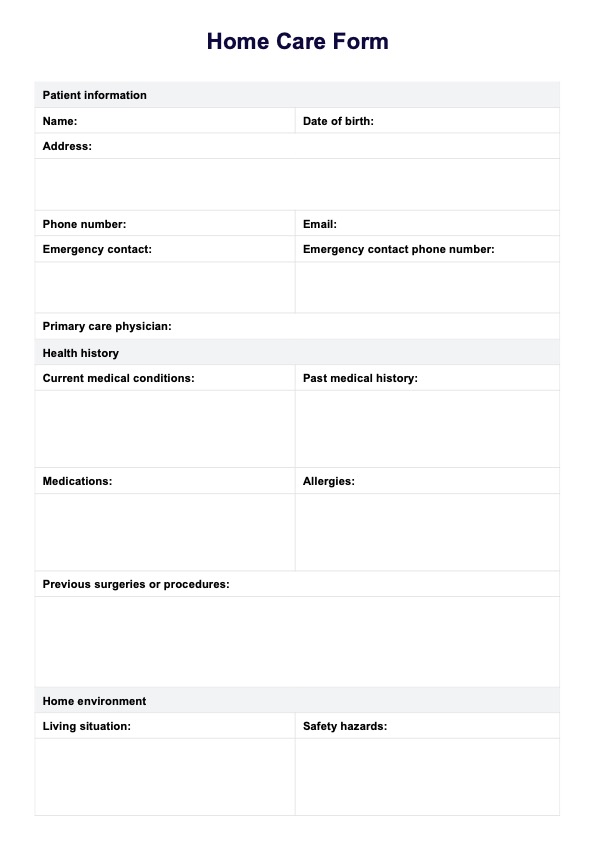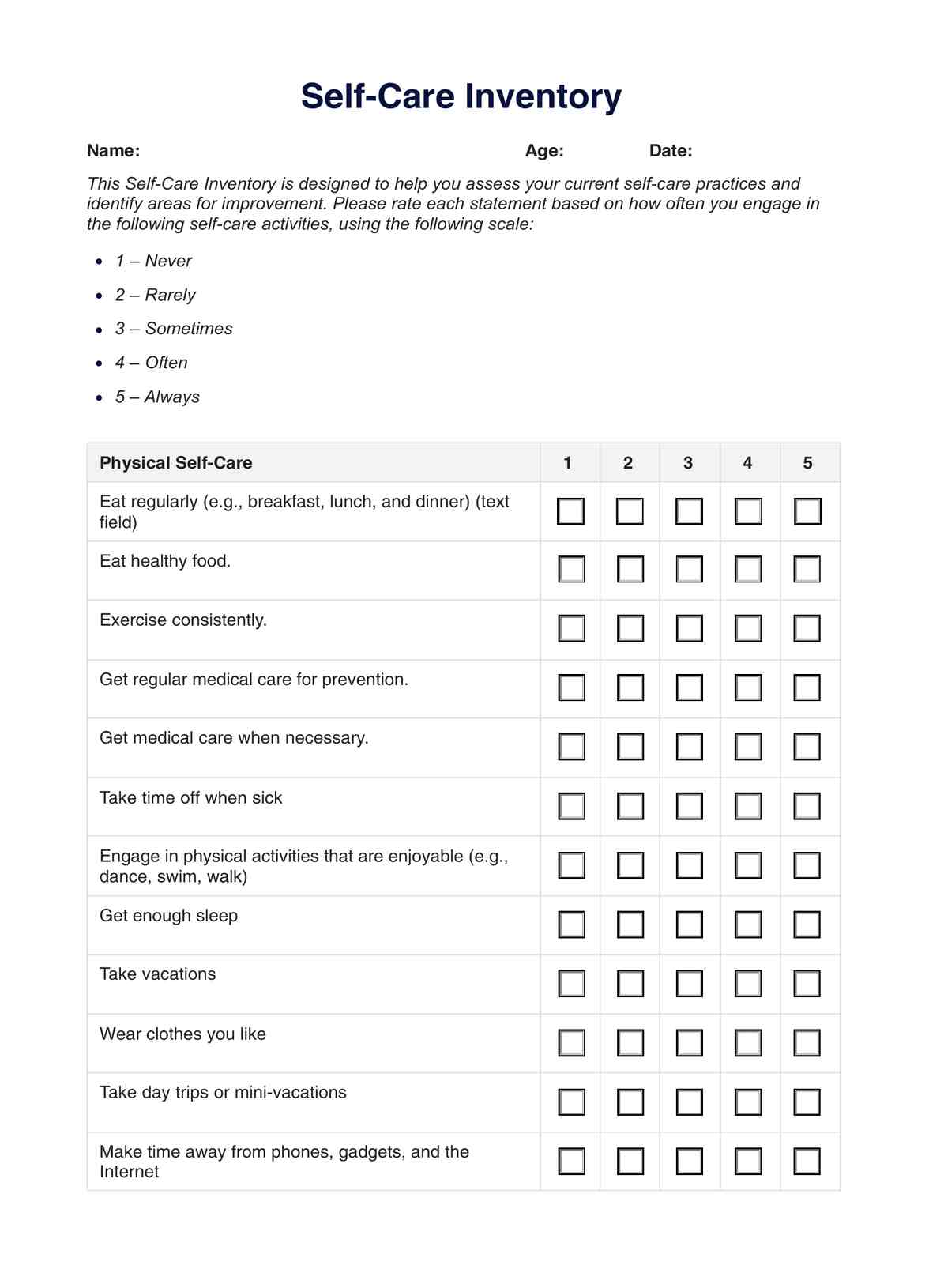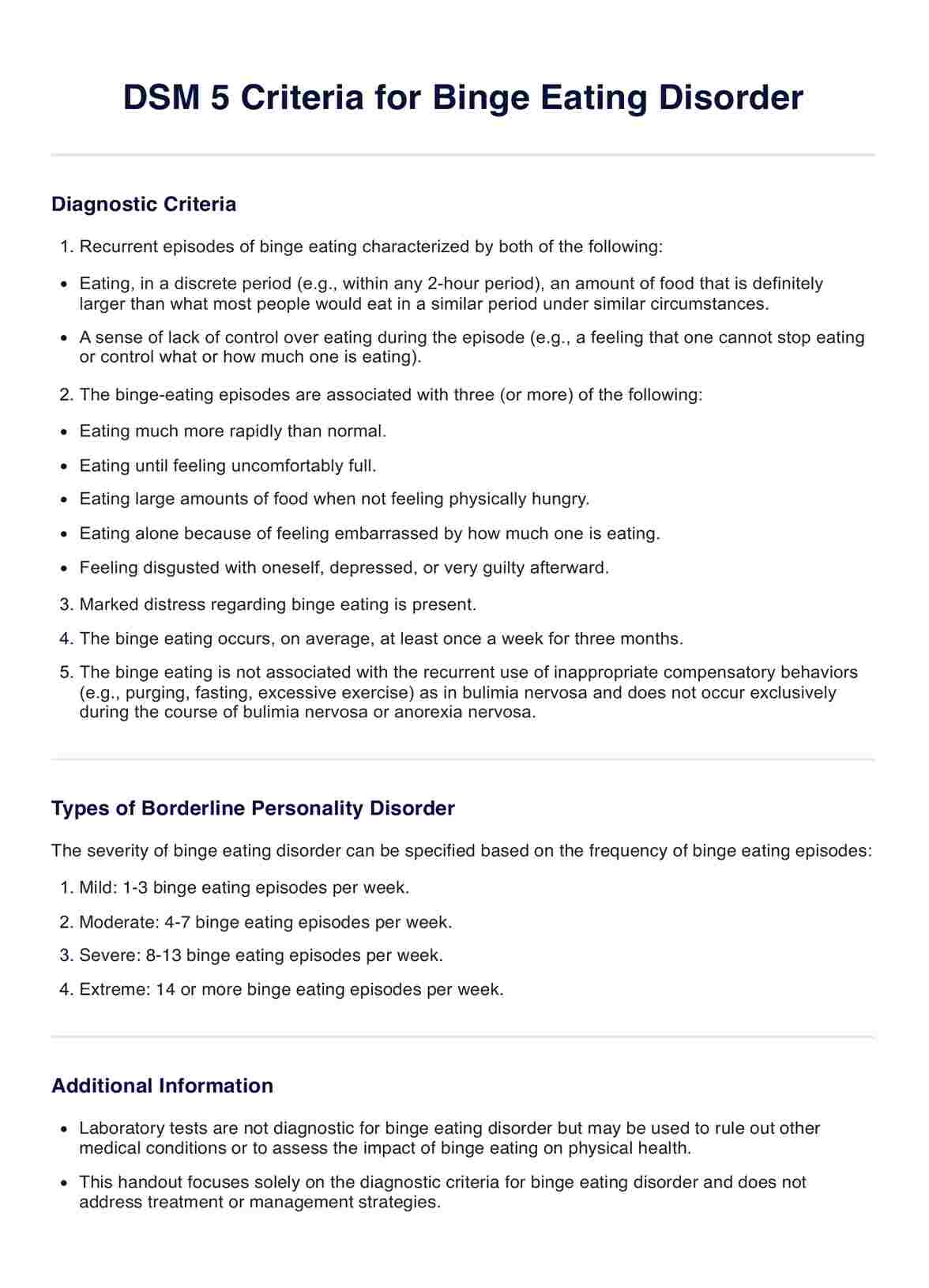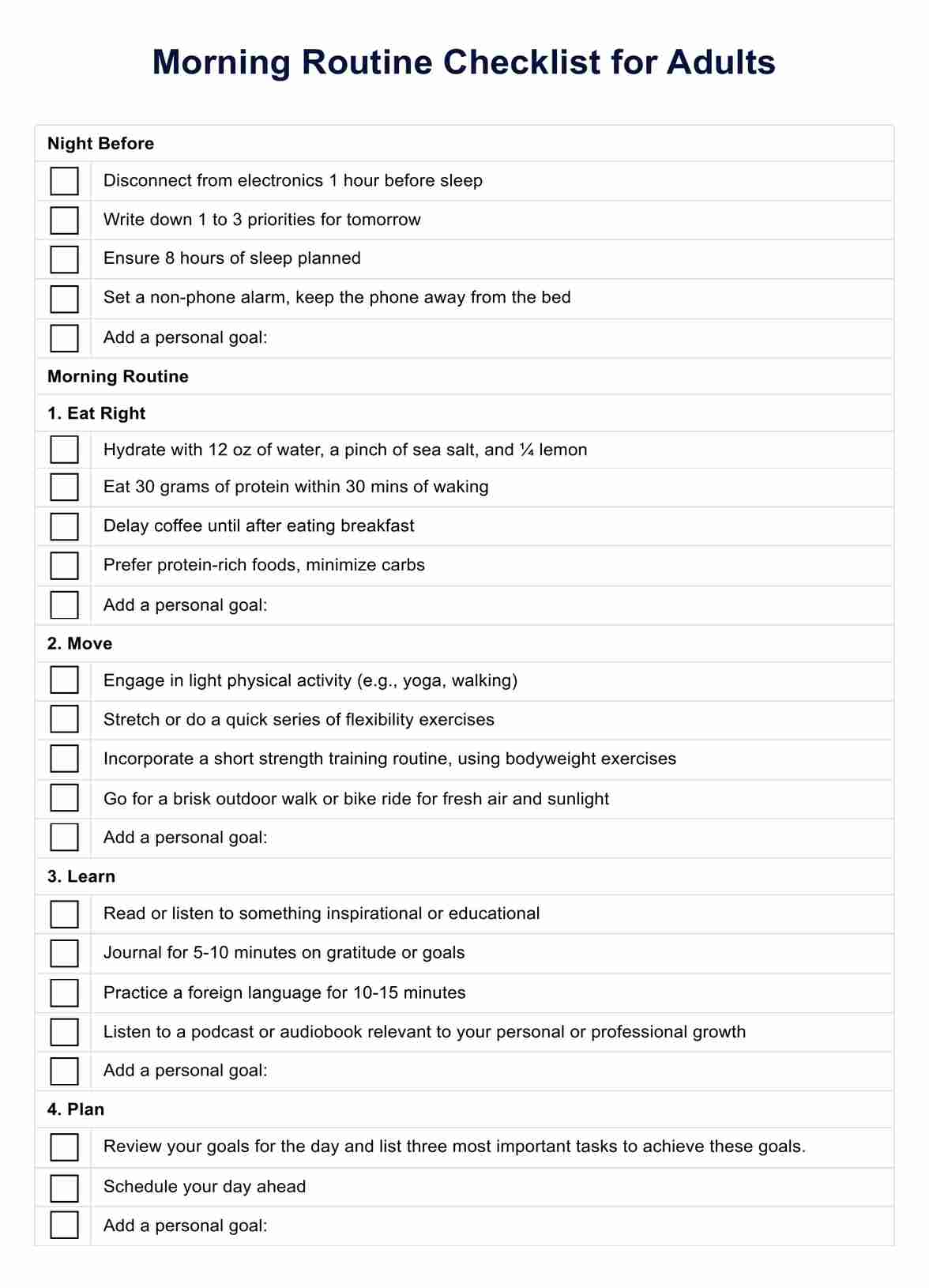Dry Brushing Handout
Provide the best body care routine for your clients through this wellness technique. Download our Dry Brushing Handout for free.


What is dry brushing?
Your clients might have seen dry brushing showcased by influencers or others on social media as part of their beauty and wellness routines, sparking their curiosity to try it themselves. But what exactly is this technique?
Dry brushing, or Garshana, is an Ayurvedic practice in which the skin is brushed with a natural bristle brush, typically before bathing. It is said to bring benefits. Others use it for lymphatic drainage or to improve blood flow.
The process is fairly simple. With proper instruction, your clients can do this on their own. To start, instruct them to choose a brush with natural bristles and a long handle for easy reach. Individuals sometimes use a bit of body oil on the brush. After this, advise them to practice dry brushing on dry skin before showering, starting at the feet and brushing upwards towards the heart with gentle, circular motions. Have them massage the abdomen clockwise to aid digestion, using the same technique on the lower back, buttocks, and hips.
For the arms, they should use long strokes from hands to shoulders, incorporating circular motions at the wrists and elbows. Guide them to continue with long strokes on the neck and shoulders, adding circular motions around the chest. Finally, suggest they use small circular motions on the head and face, including the ears, then shower and apply moisturizer if desired.
Dry Brushing Handout Template
Dry Brushing Handout Example
How to use our Dry Brushing Handout template?
Using our Dry Brushing Handout does not take a lot of time to figure out. Here's how you can use it:
Step 1: Download the handout
First, download the Dry Brushing Handout from the link provided. If you're signed up to our platform, you can find it within our templates library. Save it to your device to easily access and print it when needed.
Step 2: Use it during client sessions
During your client sessions, refer to the handout to educate your clients about the benefits and techniques of dry brushing. Use it as a visual aid and reference tool to ensure your clients understand each step clearly.
Step 3: Add essential notes
Customize the handout by adding essential notes or specific instructions tailored to your client's needs. This personal touch can help address individual concerns and make the guidance more effective.
Benefits of dry brushing
While there is no specific scientific data to prove the potential health benefits of dry skin brushing, it is believed to help (Buddhist Studies Institute, n.d.; Medical Centric, 2022):
Exfoliate the skin
Dry brushing helps remove dead skin cells and flaky skin, leaving the skin smoother and more radiant. By using a body brush with natural bristles, clients can effectively exfoliate their skin, which may enhance the absorption of moisturizers and body oils.
Stimulate circulation
Using a body brush to massage the skin can stimulate blood flow, improving overall circulation. This boosted blood flow can help carry more oxygen and nutrients to the skin and other tissues, promoting healthier skin and overall well-being.
Reduce cellulite
Dry brushing is said to help lessen the appearance of cellulite by stimulating the lymphatic system and eliminating toxins from the body. The gentle pressure and circular motions can help break up fat deposits under the skin, leading to smoother-looking skin. However, there is no scientific evidence to support the elimination of toxins from the body through this method.
Relax the mind
Because it stimulates nerve endings and promotes a calming effect through repetitive, rhythmic motions, it can give a relaxed feeling. We have to admit that gentle pressure and massaging can reduce stress and tension, similar to the benefits of a light massage. The dry brushing routine can also be a mindful practice, allowing individuals to focus on the present moment and unwind.
Risks and precautions of dry brushing
Understanding the risks associated with dry brushing is essential for safe and effective practice. Here are some of the things an individual must keep in mind:
Skin irritation
Individuals have different types of skin, and some may be more sensitive than others. When dry brushing, avoid doing so over areas that are irritated, sunburned, or have cuts to prevent exacerbating these conditions and causing discomfort.
Pressure
Applying gentle pressure during dry brushing helps prevent skin abrasions or microtears, ensuring the process remains beneficial without harming the skin's integrity.
Frequency
The frequency may vary, but some limit dry brushing to 2-3 times per week to allow the skin to recover between sessions and prevent overstimulation that could lead to irritation or sensitivity. Always remember your client's skin condition when determining the number of times they should perform dry brushing.
How can healthcare professionals benefit from our handout?
Here are three ways healthcare professionals can benefit from using our handout:
- Educate clients easily: The handout gives clear and concise information, making it easier for healthcare professionals to explain the benefits and techniques of dry brushing to their clients.
- Save time: With all the necessary information in one place, professionals can quickly reference the handout during sessions, saving time on explanations and allowing more time for client interaction.
- Enhance client compliance: Providing clients with a take-home handout can improve their compliance with dry brushing routines. They have a handy guide to refer to at home, reinforcing what was discussed during their appointment.
References
Buddhist Studies Institute. (n.d.). Dry skin brushing. https://buddhiststudiesinstitute.org/courses/simple-dinacharya/lessons/dry-skin-brushing-garshana/
Medical Centric. (2022, November 4). Dry brushing and what it does to your body. YouTube. https://www.youtube.com/watch?v=FeLHHKiYJgk
Commonly asked questions
Clients can dry brush anytime of the day, but for best results, they should do so before showering in the morning.
Dry brushing may not suit individuals with sensitive skin or certain skin conditions. Consulting a dermatologist is recommended.
Yes, clients can typically do dry brushing on their own at home with proper instruction.









